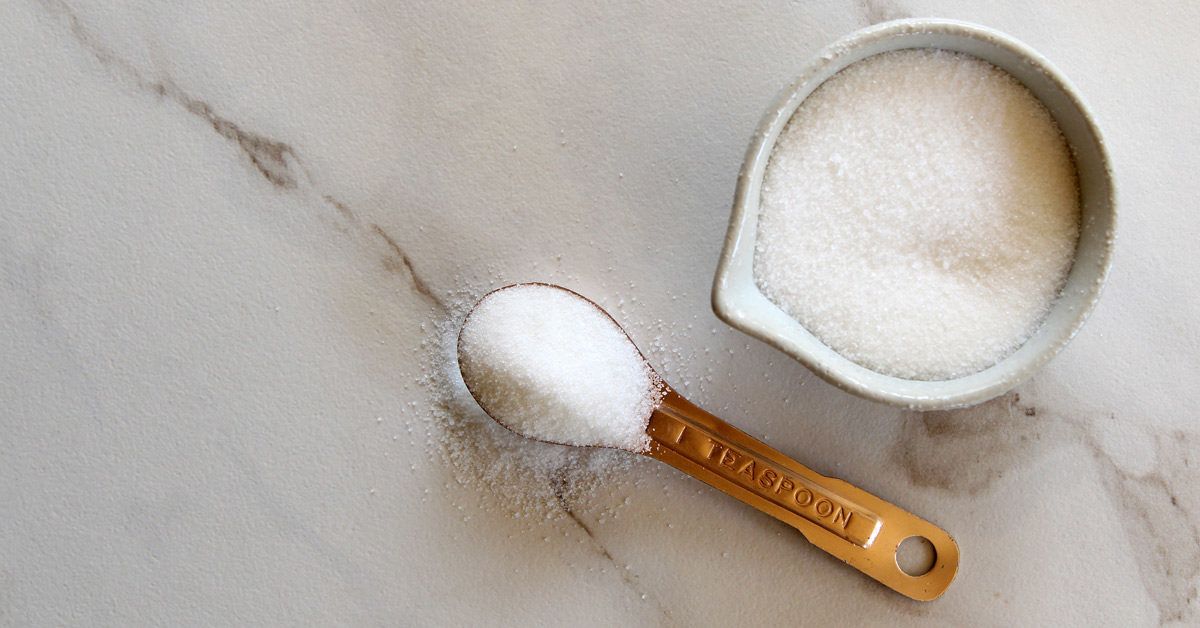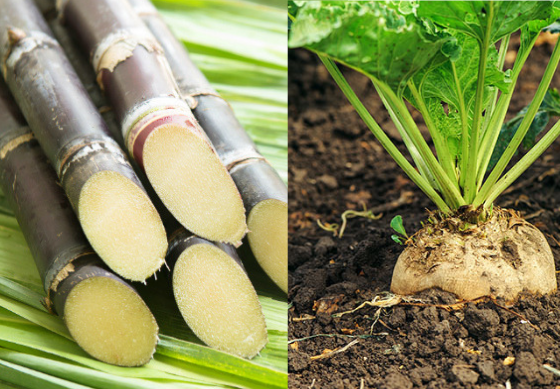Understanding beet sugar vs cane sugar helps consumers make better choices about their sugar preferences.
Discover the Uses and Perks of Beet Sugar Vs Cane Sugar in Your Daily Diet
Discovering the distinctive qualities of beet and cane sugar reveals even more than simply their sweetening capacities; it highlights their special influence on health and culinary arts. Beet sugar, understood for its subtle taste, is typically favored in fragile desserts, whereas cane sugar, with its tip of molasses, includes richness to robust dishes. Each kind holds its very own dietary profile and glycemic effects, welcoming a much deeper understanding of their roles in a well balanced diet and lasting usage methods.
Beginning and Manufacturing Procedures of Beet and Cane Sugar

The distinct climates and dirt types needed for growing sugar beets and sugarcane add to differences in their growing practices and geographic distribution, influencing the business economics and sustainability of their production. beet sugar vs cane sugar.
Nutritional Contrast Between Beet Sugar and Cane Sugar
Despite stemming from various plants, beet sugar and cane sugar are nutritionally really comparable, both mainly consisting of sucrose. Each offers about 4 calories per gram, equating to roughly 16 calories per tsp. Structurally, both sugars are composed of roughly 99.95% sucrose, with very little quantities of various other compounds like moisture and trace element, which do not substantially change their dietary profiles.

Ultimately, when selecting between beet sugar and cane sugar based upon nutritional material alone, both deal similar content benefits and disadvantages as they are basically forms of the same molecule-- sucrose, giving quick energy without other nutrients.
Effect On Health And Wellness: Glycemic Index and Caloric Content
Checking out further into the impacts of beet sugar and cane sugar on health, it is crucial to consider their glycemic index and calorie content. The glycemic index (GI) of both beet and cane sugar is around 65, categorizing them as high-GI foods, which can trigger fast spikes in blood sugar levels.
Each type of sugar has around 4 calories per gram, making their caloric web content equivalent. For those monitoring calorie intake, especially when taking care of weight or metabolic health conditions, understanding this equivalence is essential (beet sugar vs cane sugar). Extreme consumption of any high-calorie, high-GI food can contribute to wellness concerns such as excessive weight, heart disease, and insulin resistance.
Environmental and Economic Considerations of Sugar Manufacturing
Beyond health impacts, the manufacturing of beet and cane sugar additionally increases substantial ecological and financial issues. Sugar beet farming has a tendency to require cooler environments and has a lower geographical impact compared to sugar cane, which prospers in exotic regions.
Additionally, the usage of pesticides and plant foods in both beet and cane sugar farming useful content can bring about dirt destruction and contamination, additional influencing biodiversity and regional water bodies (beet sugar vs cane sugar). The choice in between cultivating sugar beet or cane often pivots on neighborhood environmental conditions and financial elements, making the sustainability of sugar production a complex problem
Culinary Applications and Taste Distinctions
While the ecological and economic aspects of sugar production are indeed significant, the choice between beet and cane sugar also affects culinary applications and flavor accounts. Beet sugar, derived from the sugar beet plant, is known for its remarkably neutral taste. This makes it a functional ingredient in baking, where it does not alter the flavor of various other components. It liquifies swiftly and is optimal for usage in cakes, cookies, and breads.
Cane sugar, drawn out from sugarcane, frequently preserves molasses traces, which pass on an unique splendor and depth. This mild molasses flavor enhances the intricacy of baked products, sauces, and sauces. It is specifically preferred in things where a sugar touch is preferred, such as in brownies or gingerbread. Additionally, the small variant in moisture content in between beet and cane sugar can impact the texture and consistency of recipes, making cane sugar a preferred selection for particular dishes that take advantage of its distinct buildings.

Verdict
To conclude, both beet and cane sugar have unique origins and production processes, offering similar nutritional profiles with slight differences in salt content and flavor. While their effect on health, specifically regarding glycemic index and calories, is equivalent, the selection in between them frequently comes down to ecological, economic variables, and particular culinary requirements. Understanding these aspects can direct consumers in making notified choices that straighten with their wellness goals and taste preferences.